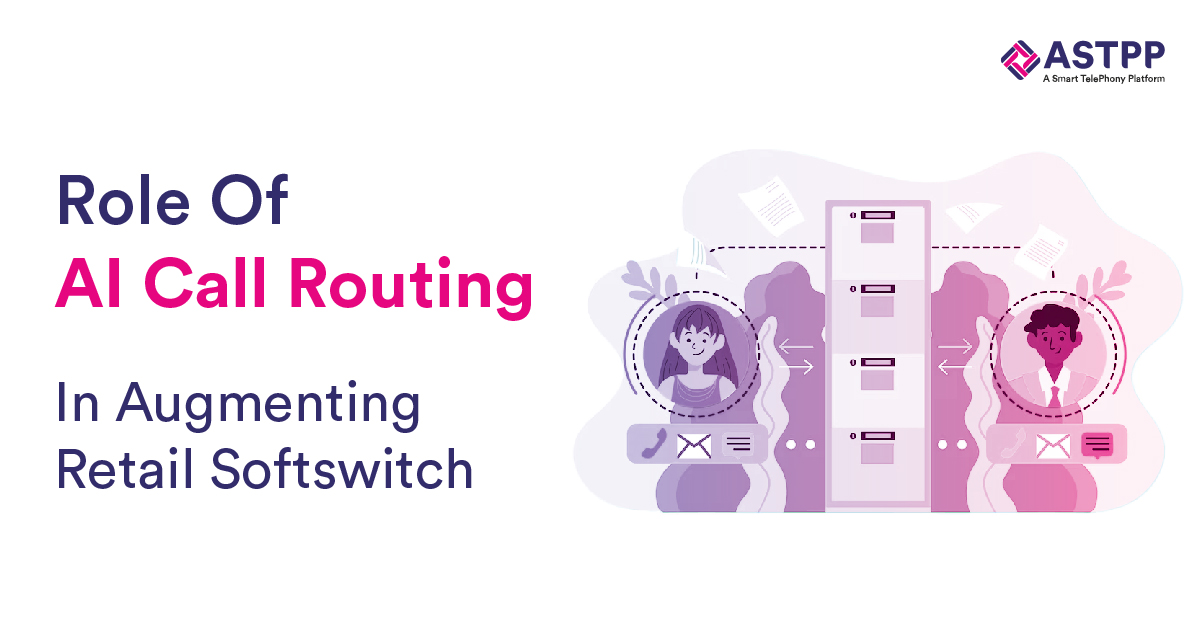
Beyond the Hype: Unlocking the True Potential of AI through Effective Management
The world of artificial intelligence (AI) is moving at an incredible pace. By 2025, it’s estimated that there will be 750 million apps using large language models (LLMs), and 50% of digital work will be automated through LLM-based software. Despite the technology’s rapid growth and relative accessibility, however, applications and services being built on top of LLMs cannot be deployed out of the box.
Concerns around privacy, compliance, and security have somewhat slowed mass adoption at the legacy enterprise level, despite the opportunities many businesses perceive are possible with AI. Companies must also be mindful of their data security, given that there is an unknown quality in how AI may attempt to access different data repositories. Moreover, integrating into existing IT infrastructures and scaling these applications will require planning and software that makes management at the API-level simple and transparent.
 Managing AI Deployments: The Key to Unlocking True Potential
Managing AI Deployments: The Key to Unlocking True Potential
This is where AI Gateways can prove invaluable by providing production-grade AI infrastructure to both developers building these new LLM-driven use cases, and platform owners that are supporting them.
Understanding AI Gateways
An AI Gateway is a central hub for managing and orchestrating the deployment and operation of AI models and tools. It is an intermediary layer that facilitates secure, observable, efficient, and scalable interactions between AI services and their consumers. Core functionalities include prompt and model lifecycle management to provide scalable workflows and automation for scaling AI usage across every LLM provider, cloud or self-hosted.
The Central Hub for AI Deployment and Operation
It provides access control to LLMs, which manages who can use the AI resources and authentication, ensuring that only authorized users can access sensitive data. Additionally, it provides monitoring and logging capabilities to track the usage and performance of AI models, allowing for detailed analytics and insights, including cost tracking.
10 Key Features and Why They Are Important
AI Gateways incorporate several critical features that enhance AI deployments’ productivity, security, performance, and manageability.
- Multi-LLM support across both cloud and self-hosted models through a unique interface that can be incorporated once by the developers and without changing code, which allows developers to use all the most popular LLM technologies at the flip of a switch.
- The ability to semantically cache, secure, and route AI requests like semantic caching to ensure higher performance at a lower spend for LLM traffic.
 Routing AI Traffic for Optimal Performance
Routing AI Traffic for Optimal Performance
- Easily create RAG pipelines that can be applied on the fly to incoming prompts to ensure a low rate of hallucinations.
- Advanced AI load balancing and routing across cloud and self-hosted models to ensure uptime, maximum performance, and lowest latency for AI-driven applications – resulting in better customer experiences.
Best Practices for Deployment
Implementing AI Gateways effectively means implementing the infrastructure necessary to go to production with AI while adhering to several best practices to ensure optimal performance, security, and scalability.
First, it is crucial to establish comprehensive access control and authentication mechanisms, such as multifactor authentication and role-based access control, to safeguard sensitive data and AI models.
Regular AI monitoring and logging should be implemented to provide visibility into API usage and detect potential security threats promptly.
 Gaining Visibility into API Usage
Gaining Visibility into API Usage
Additionally, deploying rate limiting and quotas helps manage resource allocation and prevent service disruptions caused by excessive traffic.
Lastly, maintaining up-to-date encryption protocols for data in transit and at rest ensures data integrity and confidentiality, while version control and lifecycle management of AI models facilitate seamless updates and rollback capabilities.
The Future of AI Gateways
The future of AI Gateways is set to evolve rapidly, driven by advancements in AI technology and increasing demand for robust AI management solutions.
The rise of edge computing will see them being deployed closer to data sources, reducing latency and improving real-time processing capabilities.
Another significant trend will be incorporating more sophisticated data analytics and visualization tools, providing deeper insights into AI operations, enabling more informed decision-making, and even more AI-driven semantic capabilities.
These developments will ensure that AI Gateways continue to play a critical role in the secure and efficient deployment of AI technologies across various industries and in their ability to ensure the developers can productively deliver customer experiences quicker by leveraging production-ready AI infrastructure.














